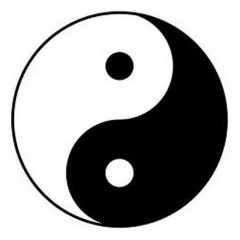Differences between the impacts of Open Access (OA) and non-OA research have been observed over a wide range of citation and altmetric indicators, usually finding an Open Access Advantage (OAA) within specific fields. However, science-wide analyses covering multiple years, indicators and disciplines are lacking. Using citation counts and six altmetrics for 38.7M articles published 2011-21, we compare OA and non-OA papers. The results show that there is no universal OAA across all disciplines or impact indicators: the OAA for citations tends to be lower for more recent papers, whereas the OAAs for news, blogs and Twitter are consistent across years and unrelated to volume of OA publications, whereas the OAAs for Wikipedia, patents and policy citations are more complex. These results support different hypotheses for different subjects and indicators. The evidence is consistent with OA accelerating research impact in the Medical & Health Sciences, Life Sciences and the Humanities; that increased visibility or discoverability is a factor in promoting the translation of research into socio-economic impact; and that OA is a factor in growing online engagement with research in some disciplines. . . .
Furthermore, the advantages of OA are not evenly distributed: while there is evidence that some fields (Medical & Health Science, Life Sciences, Humanities) are being strengthened by OA adoption, there is the possibility that others (Social Sciences) are being weakened. Additionally, it is notable that while some fields appear to have their visibility and socio-economic impact boosted by their OA status, others (Humanities, Social Sciences) are not similarly benefited.
https://arxiv.org/abs/2406.10535
| Artificial Intelligence |
| Research Data Curation and Management Works |
| Digital Curation and Digital Preservation Works |
| Open Access Works |
| Digital Scholarship |
